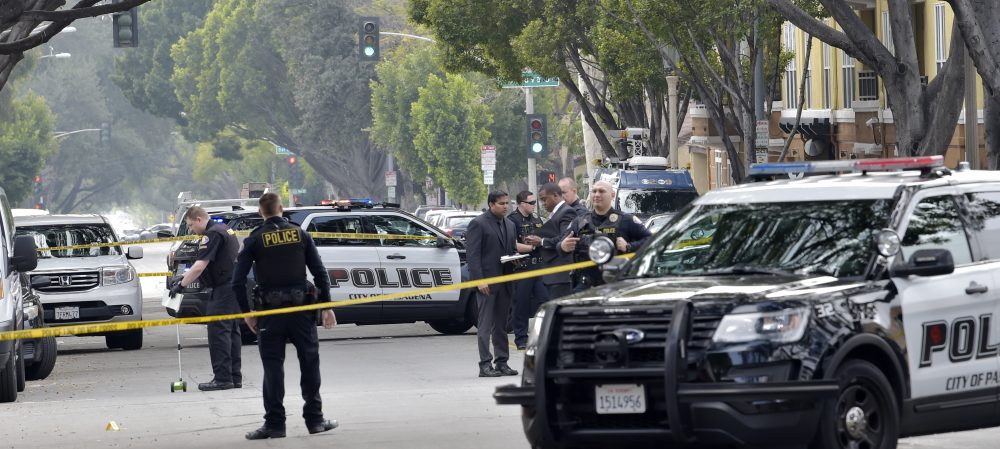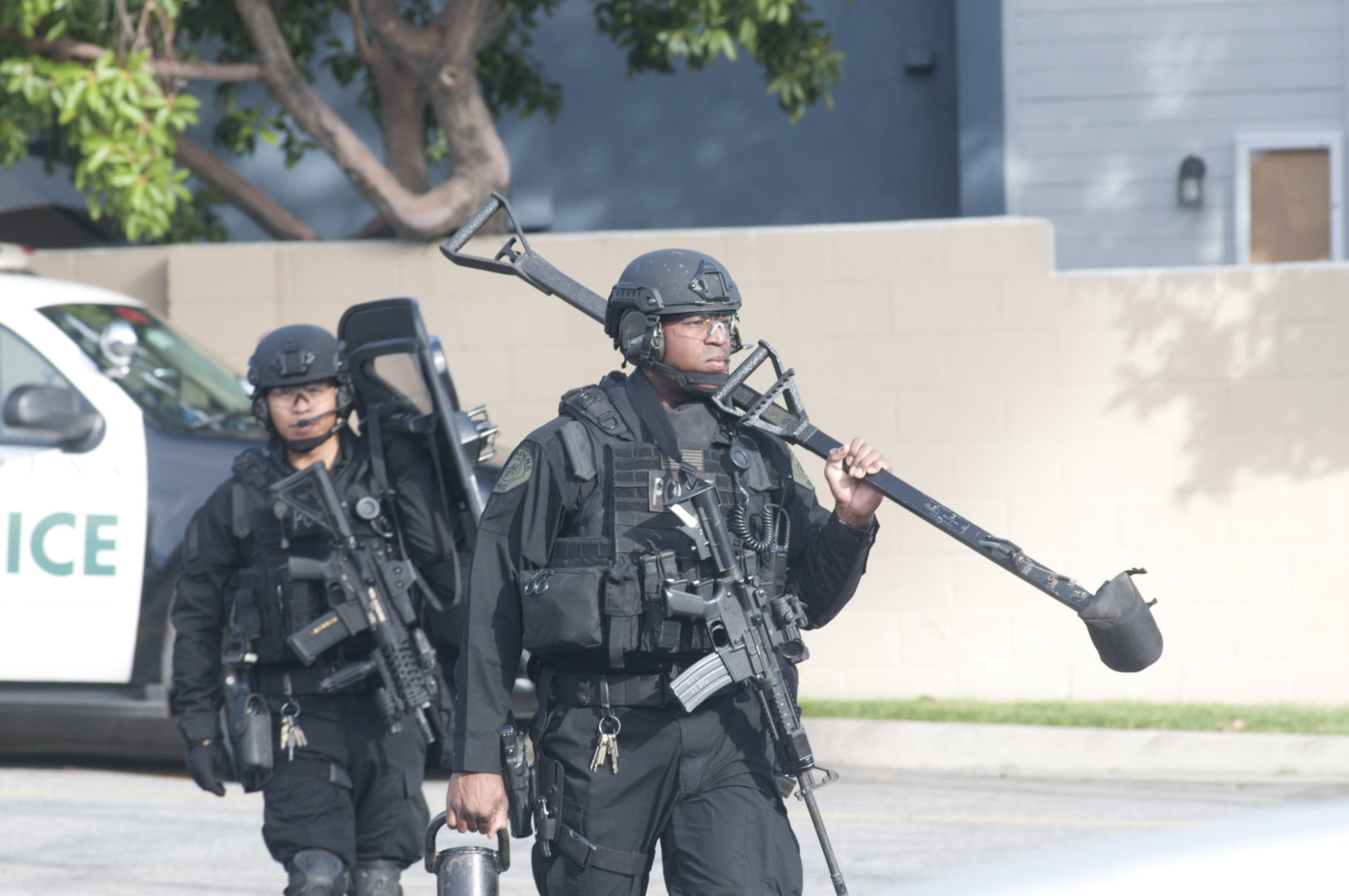 View Winners →
View Winners → Study shows racial, economic disparity in Pasadena PD arrests, OT overspending

A UCLA study released Tuesday says the Pasadena Police Department allocates millions more than other local police departments to overtime spending, and found “stark racial and economic disparities in arrest data.”
Researchers from the UCLA School of Law’s Criminal Justice Program performed a forensic analysis of the publicly available department spending records from 2015 to 2019 and found that the department increased overtime payments to its officers by 43%.
Lisa Derderian, Pasadena’s public information officer, told City News Service on Tuesday that city officials were just learning of the report and had no comment at this time.

The report also analyzed the practice of “other pay” payouts — a catch-all term encompassing income to police employees for educational incentives, pay for special assignments, and other salary increases that are
usually negotiated by collective bargaining agreements between police unions and city or county officials.
From 2015-19, the department increased its “other pay” distributions by 300%, according to the report
The report found that in 2018, the police officers union negotiated change in how special assignment pay bonuses were to be calculated, which could lead to significant increases in how much special assignment pay police officers receive in the future.

The report’s authors suggest that if the PPD reduced its average OT spending to that of the Los Angles Police Department, it could have saved $4.6 million in 2019 alone, which they say could have enabled the city to increase housing services or funding to the Human Services and Recreation budget, both of which receive less funding than the police department.
Researchers also studied publicly available arrest records for the department, and said they found clear racial and economic disparities.

While Black people comprised 9% of Pasadena’s population in 2019, they accounted for 28% of those arrested, according to the report, while homeless people made up over one-third of all arrests.
“We felt it was important to analyze both arrest and budget data in this report because it helps the public visualize how the police are spending their budgeted dollars,” said Leah Gasser-Ordaz, the Criminal Justice Program’s Youth Justice Fellow who worked on the report.

“The more a community knows about the efficacy of public safety programs, the more empowered they are to demand change if they feel it is warranted,” Gasser-Ordaz said.
The report drew on information obtained in part from Transparent California, an online database providing public employees’ and retirees’ salary information, and from public records act requests fulfilled by the Pasadena Police Department.









































































































